Hands are our personal billboards; they signal what we’re thinking without us saying a word. From a firm handshake to a subtle gesture, our hands help us convey confidence, nervousness, or openness. In this article, we’ll dive into the silent yet expressive world of hand gestures and what they reveal about us.
We use our hands to punctuate our speech, soothe ourselves, signal a need for privacy, or even prepare for confrontation. The position of our palms alone can speak volumes: an upturned palm often suggests openness and receptivity, while a downturned one might show resistance or authority.
Our evolutionary journey suggests that before we had words, we had gestures. Our hands have been speaking for us since the days of our early ancestors, and they continue to tell our stories today. Let’s explore how.
Table of Contents
Common Hand Gesture and Their Interpretations.
Quick Guide
- Rubbing Palms Together: Indicating anticipation and expectation.
- Clenched Hands: Reflecting intense emotions, self-restraint, and frustration levels.
- Steepled Hands: Signifying confidence, authority, and self-assurance.
- Thumb Gestures: Conveying dominance, superiority, and sometimes aggression.

- Hands in pockets.
- Hands behind the back.
- Hands-on hips.
- Hands to face.
- Hands behind the head.
- rubbing hands together.
- Hand holding.
- Hands-on Knees
- Hands-over gestures.
- Hand wave.
- Handshake
- Handshaking.
- Fidgety hand.
- Pulling sleeves over hands.
- Hands folded under the chin.
- Hands near the face.
- Hands around neck
- Hands folded across chest.
- Hands in a triangle.
- Hands through hair.
- Pulling hands apart.
- Two hands on chest.
- Hand behind the ear.
- Hands Clenched.
- Interlaced fingers.
Hands in pockets.
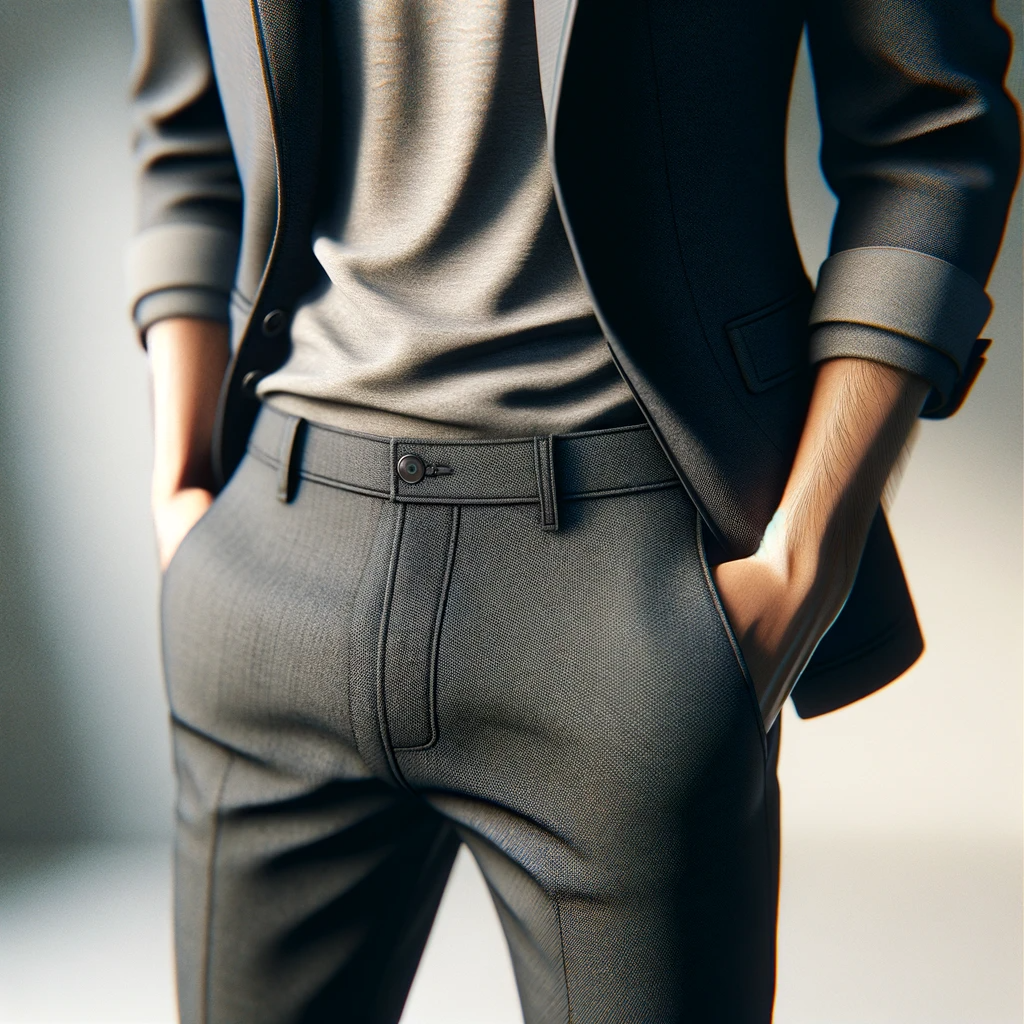
Hands in pockets is a body language that can indicate a few different things. It can show that someone is relaxed, comfortable, or disinterested. It can also be seen as a power move, as it takes up more space and can make someone seem more intimidating. If someone has their hands in their pockets around you, it’s best to take cues from the rest of their body language and context to determine how they’re feeling.
Hands behind the back.Hands behind the back.
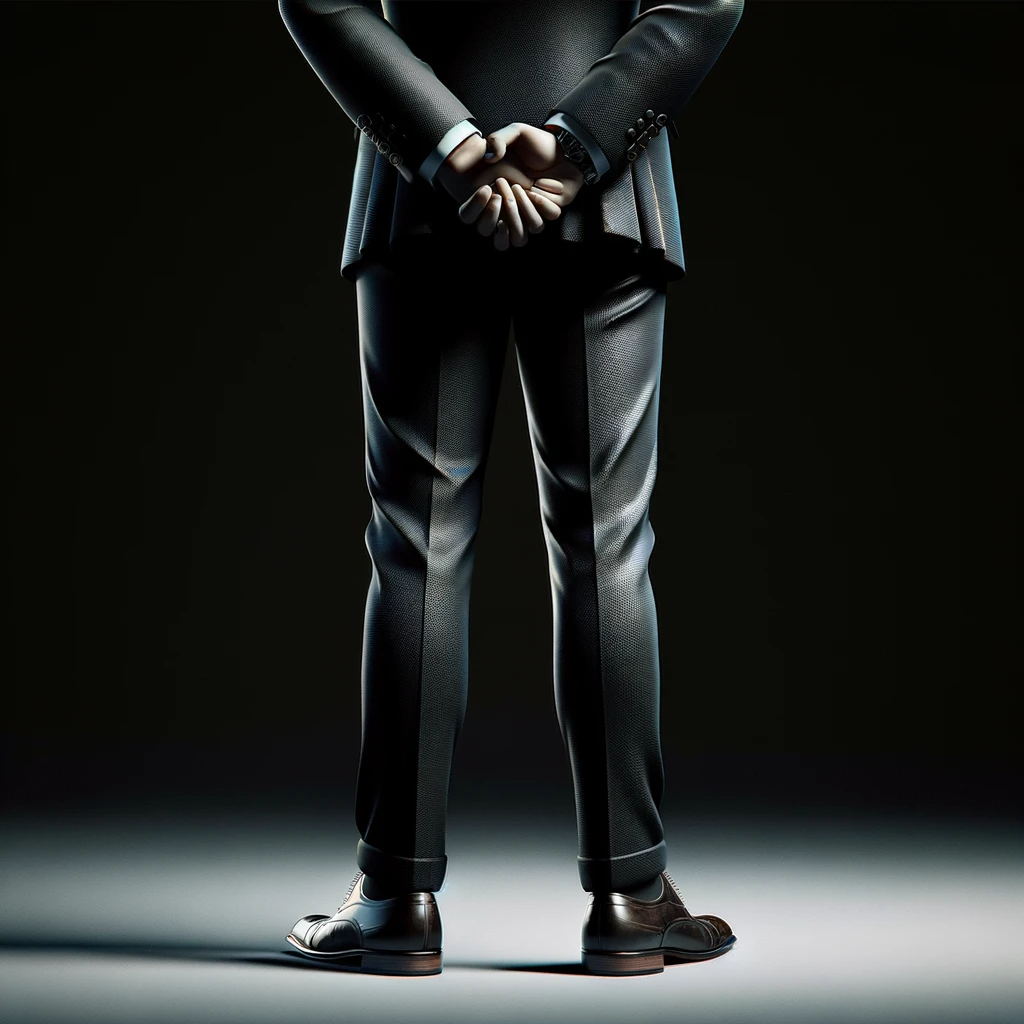
Hands behind the back can be a very powerful body language cue. It can convey confidence, authority, and even intimidation. When someone stands with their hands behind their back, it shows that they are comfortable and in control. This is a great position to take when you want to project confidence and power.
Hands-on hips.

Hands-on hips is a common body language gesture that can communicate a variety of messages. It can be used to express confidence, and assertiveness, or to simply draw attention to oneself. It can also be seen as a defensive posture, or as a way to intimidate others depending on the context
Hands to face.
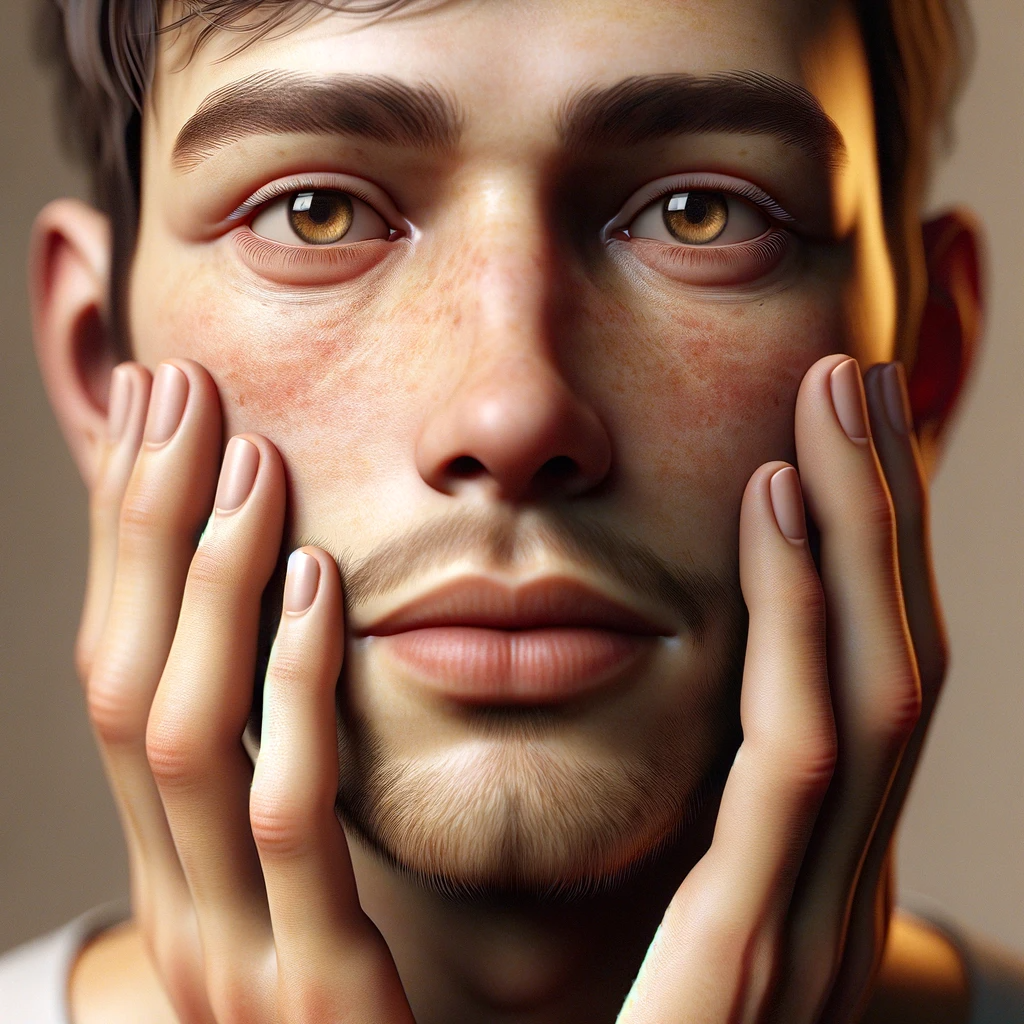
Hands-to-face is a body language gesture that can communicate a number of things. It can be used to signal interest, as well as to deflect or hide emotions. It can also be used as a way to self-soothe or calm down.
Hands behind the head.
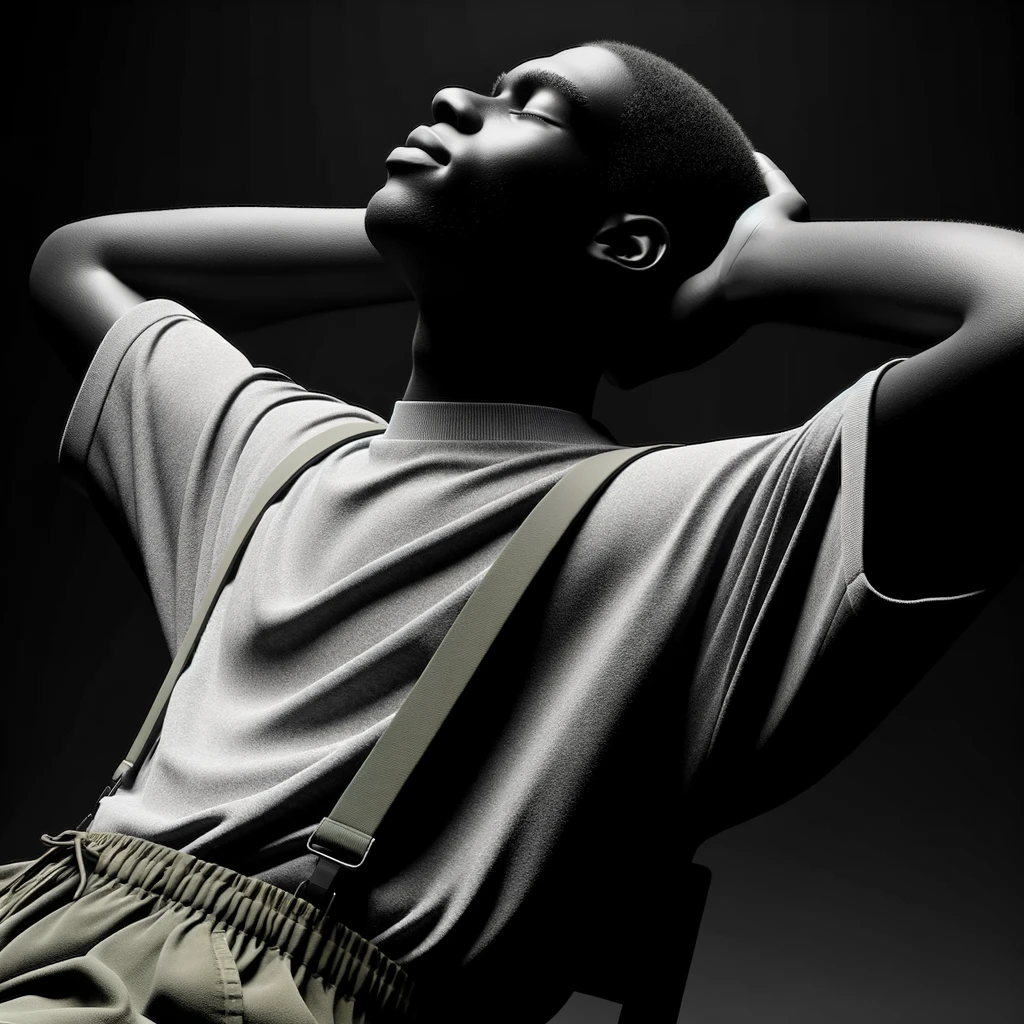
Hands behind the head is a body language gesture that can communicate a number of things, depending on the context and situation. It can be a sign of relaxation as if someone is leaning back in their chair with their hands behind their head. It can also be a sign of frustration or impatience as if someone is tapping their fingers or drumming their hand on their head while they wait. In some cases, it can also be a defensive gesture, as if someone is putting their hands behind their head to protect themselves from something.
Rubbing hands together.

This gesture can communicate a variety of messages, such as excitement, anticipation, or even nervousness. While the meaning of this gesture may vary depending on the context, it is generally seen as a positive sign.
Hand holding.

Holding hands is a warm sign of affection, comfort, and connection. It’s a way to express love, happiness, or support. This gesture can also symbolize unity, like when people shake hands upon meeting. It’s a simple but powerful way to show you care, no matter who you’re holding hands with.
Hands-on Knees.

One common gesture that is used across many cultures is placing your hands on your knees. This gesture can be used to show respect, request something from someone, or express submission. For example, if you are asking for forgiveness from someone, you might put your hands on your knees and bow your head. In some cultures, this gesture is also used as a sign of thanks.
Hands-over gestures.
There are many different types of hand-over gestures, each with its own meaning. For example, a common gesture is to place your hand on the other person’s shoulder as you hand over an object. This gesture can communicate support, friendship, or simply that you are comfortable with the other person. Another common gesture is to hold out your hand, palm up, as you hand over an object. This gesture can communicate respect or deference, as well as indicate that you are not a threat.
Hand wave.

A hand wave is a gesture often used to greet someone or say goodbye. It can also be used to show excitement, approval, or to get someone’s attention. Hand wave is a non verbal form of communication that can be used in many different ways.
Handshake.

A handshake is more than just a greeting; it’s a glimpse into someone’s personality. It shows confidence, intent, and interest. A good handshake can also build trust and rapport. Across the world, handshakes can mean respect or just a casual hello, and the way you shake hands might change whether you’re meeting someone new or bidding them farewell.
Handshaking.
If someone is shaking hands with you and they seem tense or nervous, it’s a body language cue that they may be afraid or anxious. When you see the hands shaking you know internally something is going on with that person.
Fidgety hand.

If someone’s hands are fidgety, they might be nervous or anxious. But it’s not always that simple; look at their whole expression. If they’re fidgeting but also making eye contact and smiling, they could just be a bit nervous in the moment, not uncomfortable overall.
Pulling sleeves over hands.

Pulling sleeves over your hands can be a sign of feeling nervous or unsure. It’s a subtle hint that someone might not be fully comfortable. This action can also be comforting to them. If you notice someone doing this, a bit of reassurance could help them feel more at ease.
Hands folded under the chin.
Folding your hands under your chin is often seen as a sign of thinking deeply about something, or being lost in thought. It can also be seen as a sign of boredom, or disinterest.
Hands near the face.

Hands near the face can indicate a number of things. For example, if someone has their hands near their mouth, they may be about to speak. Alternatively, if someone has their hands near their eyes, they may be trying to get a better look at something. In general, having your hands near your face can be a way of getting people’s attention.
Hands around the neck.
Hands around the neck usually signal aggression or defense. It can show that someone feels threatened or stressed. If someone has their hands on their own neck, they might be having a tough time dealing with something.
Hands folded across chest.
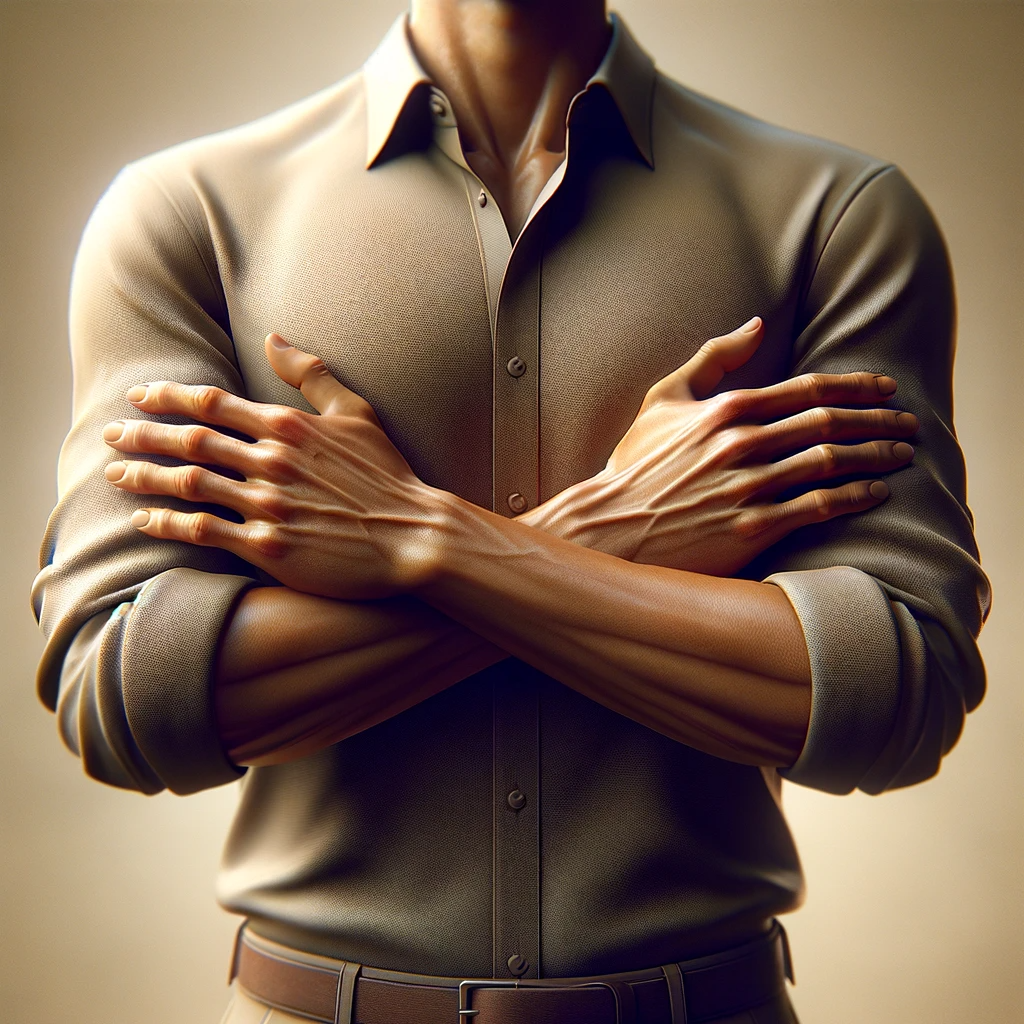
Hands folded across the chest can be a sign of many things, such as relaxation, self-assurance, or contentment. It can also be a way to show that someone is closed off emotionally or not interested in what is happening around them. This gesture is often used when someone wants to convey that they are in control and not to be messed with.
Hands in a triangle.
Hands in a triangle can be a sign of many things. It can be a sign of someone thinking deeply or trying to figure something out. It can also be a sign of someone being closed off or guarded. Sometimes called a church steeple or steepling.
Hands through hair.
Hands-through hair is a type of body language that can communicate a variety of things. For example, if someone is constantly running their hands through their hair, they may be nervous or anxious. Alternatively, if someone lightly runs their fingers through their hair, they may be flirting or trying to look seductive. In general, hands through hair is a way to express emotions and can be interpreted in many ways depending on the context.
Pulling hands apart.
Pulling hands apart can be a sign of frustration, impatience, or even anger. It can also be a way of trying to physically distance oneself from someone else. This type of body language is often seen in arguments or when two people are disagreeing with each other.
Two hands on chest.
Two hands on chest is a dominant body language gesture that communicates confidence and power. It is often used in combination with other assertive gestures, such as leaning forward or taking up space with your body. This gesture can be interpreted as threatening or aggressive, so it is best used in situations where you want to assert your authority or make a strong impression.
Hand behind the ear.
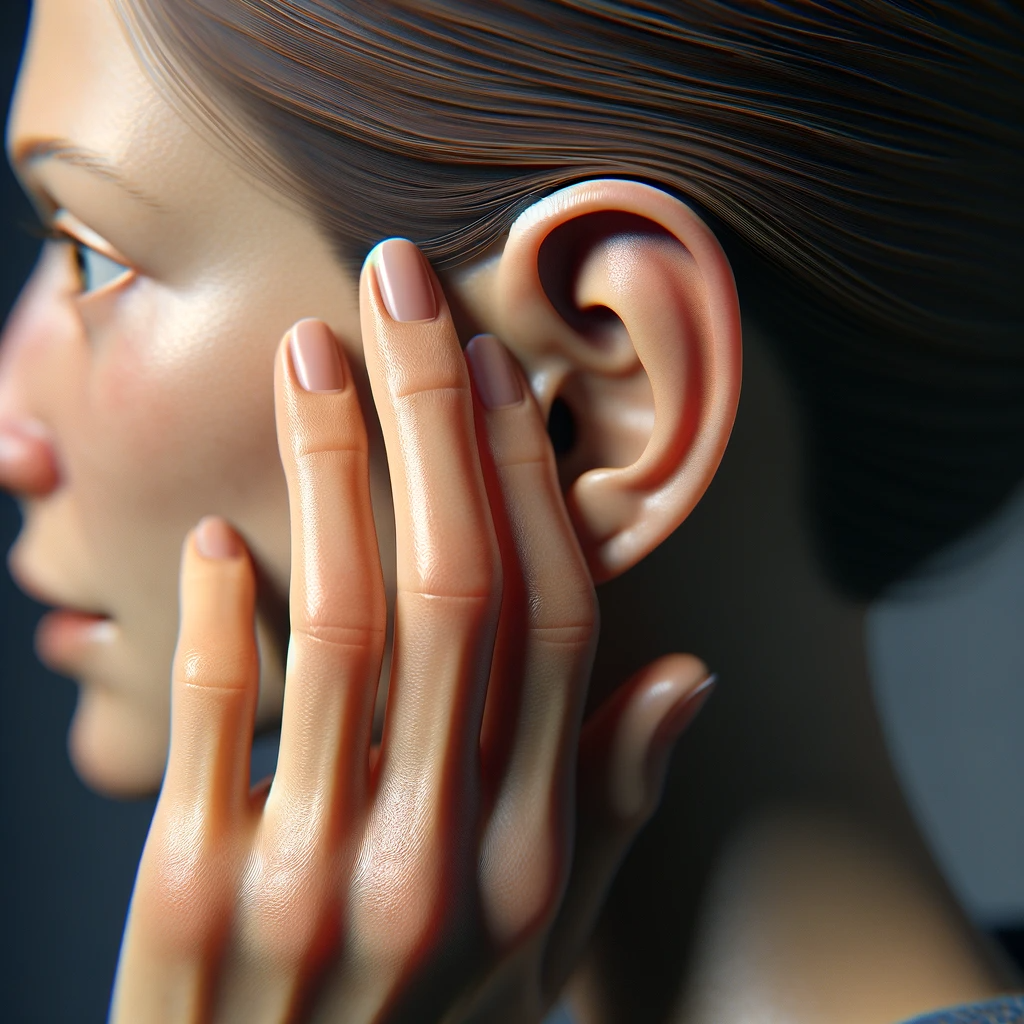
A person who has their hand behind their ear is typically signaling that they are trying to listen to something or someone. This body language cue can be helpful in determining whether or not someone is interested in what you are saying. If they are not paying attention and their hand is behind their ear, it is likely that they are not interested in what you are saying.
Hands Clenched.
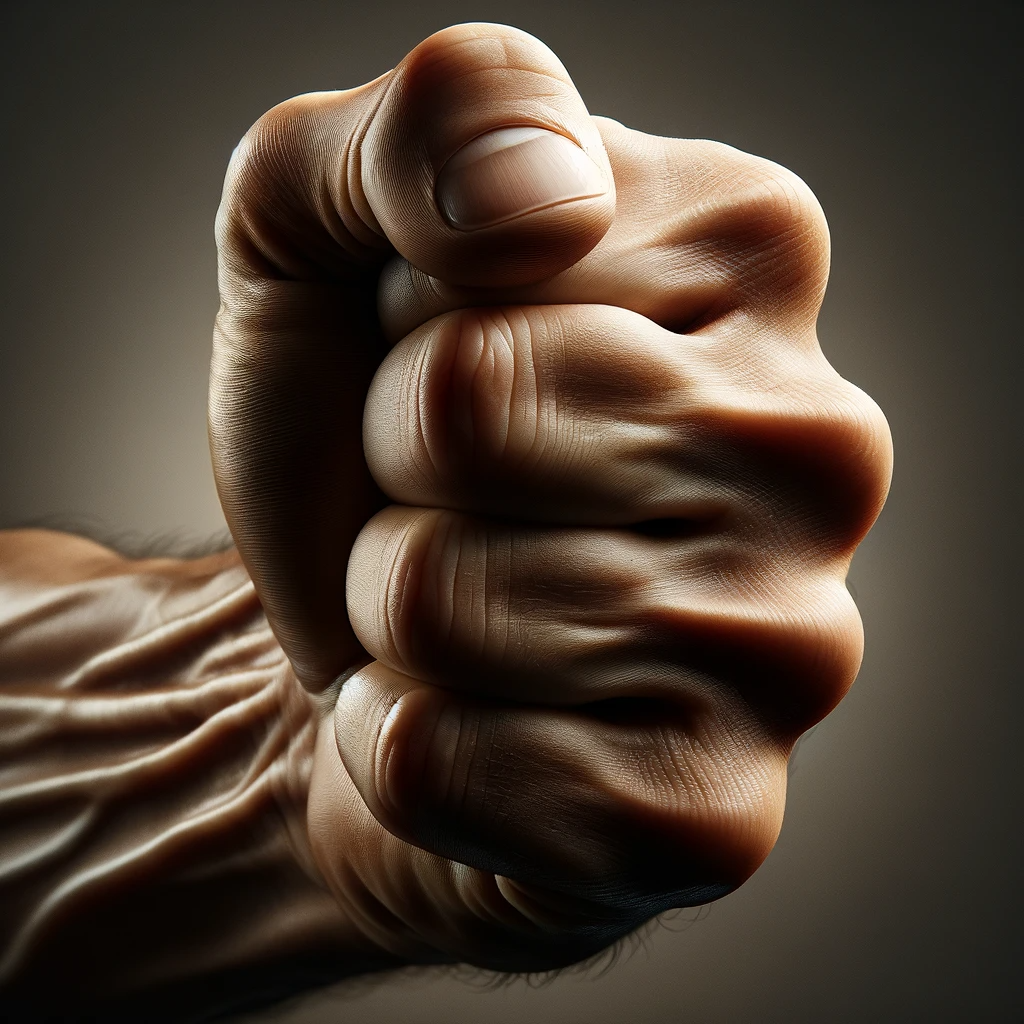
Hands clenched is a form of body language that can communicate a variety of things. It can be a sign of anger, frustration, or fear. It can also be a way to physically express tension. When someone’s hands are clenched, it can be difficult for them to relax or to communicate effectively.
Interlaced fingers.
Interlaced fingers is a body language gestures that can indicate many things, depending on the context and situation. For example, interlacing fingers behind the head can be a way of relaxation or can indicate confidence. Interlacing fingers in front of the body can be a way of self-comfort or can show vulnerability.
Here is a ink to other understand what the hands really mean in body language and what they signal.
Final Thoughts.
Hands play a crucial role in how we communicate without words. Being mindful of hand gestures can help us understand others better and express ourselves more clearly, making interactions smoother and more positive.

